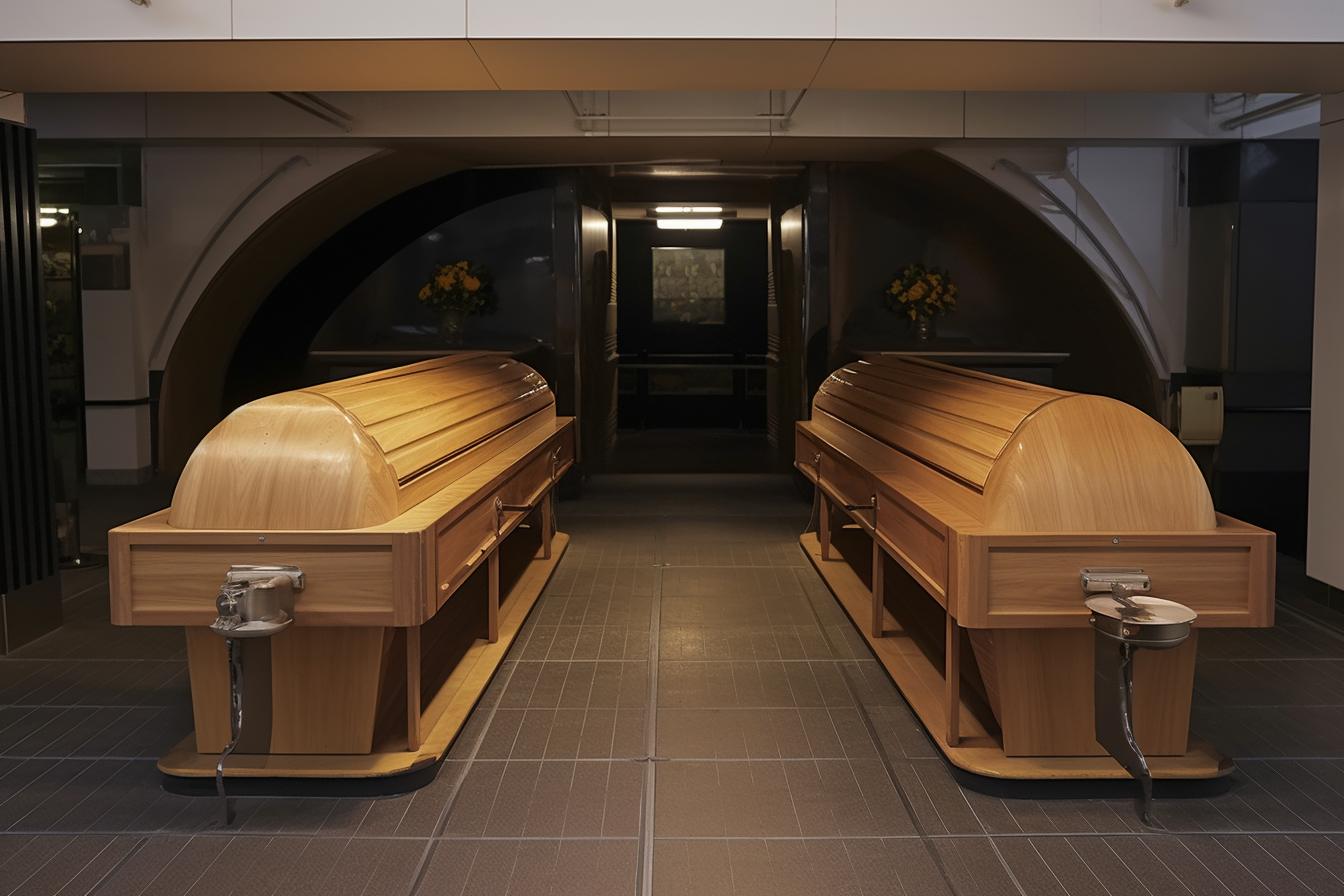Complete Guide to Cremation Services: Process & Costs
Cremation has grown in popularity as an alternative to traditional burial. This detailed guide explains the cremation process, legal paperwork, disposal options for ashes, and typical costs. Learn what to expect, how laws and medical device removal affect timing, and choices for memorializing a loved one — all in one accessible resource.

Cremation is an increasingly chosen option for final disposition, offering flexibility, potential savings, and a range of ways to memorialize a loved one. This guide walks through how cremation works, the legal and administrative steps involved, how it compares to burial, options for handling cremated remains, and the typical costs to expect so you can plan with confidence.
How cremation is carried out
While procedures vary slightly between facilities, the core steps are consistent:
- Preparation: The deceased is placed in a combustible container or suitable casket designed for cremation.
- Placement: The container is moved into the cremation chamber, also called the retort.
- High heat: The chamber is brought to temperatures typically between 1,400 and 1,800 degrees Fahrenheit to reduce the body.
- Duration: The actual cremation usually takes about two to three hours depending on factors like body size and the equipment used.
- Processing: After cooling, the remaining bone fragments are processed (often pulverized) to achieve a uniform consistency commonly referred to as ashes or cremated remains.
- Return: The processed remains are placed in an urn or temporary container and returned to the family.
Facilities follow safety and identification protocols throughout to ensure accuracy and proper handling.
Legal and administrative requirements
There are several legal steps that must be completed before cremation can take place, and these vary by jurisdiction. Common requirements include:
- Death certificate: A licensed medical professional must complete and sign an official death certificate.
- Authorization: Written consent for cremation from the next of kin or a designated agent is required.
- Waiting periods: Many areas enforce a mandatory waiting interval (often 24–48 hours) between death and cremation.
- Removal of devices: Implanted medical devices such as pacemakers must be removed prior to cremation for safety reasons.
- Positive identification: The body must be positively identified and tracked through chain-of-custody procedures.
Working with a reputable funeral home or licensed crematory helps ensure all paperwork is handled properly and legal obligations are met.
Cremation versus traditional burial: key differences
Choosing between cremation and burial is a personal decision influenced by budget, cultural or religious beliefs, and desired memorial options. Typical distinctions include:
Cremation:
- Often less expensive than a full burial because it can eliminate costs for a cemetery plot and large casket.
- Provides scheduling flexibility for memorial services, which can occur before or after cremation at a venue of choice.
- Easier to transport remains if family members live far apart or wish to scatter/inter the ashes elsewhere.
- Uses less land and can be considered more environmentally efficient in some respects.
Traditional burial:
- Offers a permanent gravesite where relatives can visit and maintain a headstone.
- May align with specific religious or cultural traditions that prefer in-ground interment.
- Allows open-casket viewings when desired.
- Allows for potential future exhumation for legal or family reasons, if permitted by law.
Both choices carry emotional and practical considerations; families often weigh cost, tradition, and how they want to remember the deceased.
Options for cremated remains
Cremation opens many possibilities for final disposition and memorialization, including:
- Interment: Burying the urn in a cemetery plot or placing it in a columbarium niche.
- Scattering: Releasing ashes in a meaningful outdoor location, subject to local regulations and permissions.
- Retention at home: Keeping the urn in a special place within the family residence.
- Memorial keepsakes: Incorporating a small portion of ashes into jewelry, glass art, or other mementos.
- Eco-friendly choices: Biodegradable urns, tree planting urns, or reef memorials that contribute to restoration projects.
Families sometimes divide ashes so multiple relatives can honor the person in different ways.
Typical costs and budgeting
Costs vary widely by region and by the services selected. Below is a general cost table to provide a baseline for planning.
| Service Type | Description | Estimated Cost Range |
|---|---|---|
| Direct cremation | Basic cremation without a funeral service | $600 - $3,000 |
| Cremation with memorial service | Cremation plus a separate memorial or celebration of life | $1,500 - $6,000 |
| Full-service cremation | Viewing or funeral service followed by cremation | $4,000 - $10,000 |
Cost disclaimer: The price ranges above are estimates based on available information and can vary by location, provider, and included services. Verify current prices with local funeral homes or crematories before making decisions.
In addition to the base cremation fee, other factors can affect the final cost: the choice of urn, transportation or transfer fees, embalming or viewing costs if applicable, obituary and administrative charges, and any special requests such as music, video tributes, or extended care of remains.
When planning, obtain written quotes from multiple providers and compare what each package includes. Some providers offer bundled packages that may be more economical than selecting services individually.
Final considerations
Cremation offers a range of practical and personal benefits, but it also raises important administrative and emotional choices. Understanding the process, the legal steps required, the ways cremated remains can be honored, and realistic cost expectations makes it easier to make decisions that reflect the wishes of the deceased and the needs of surviving family members. Always work with licensed, reputable professionals and ask clear questions about identification procedures, timelines, and full pricing to avoid surprises and ensure respectful handling of remains.






